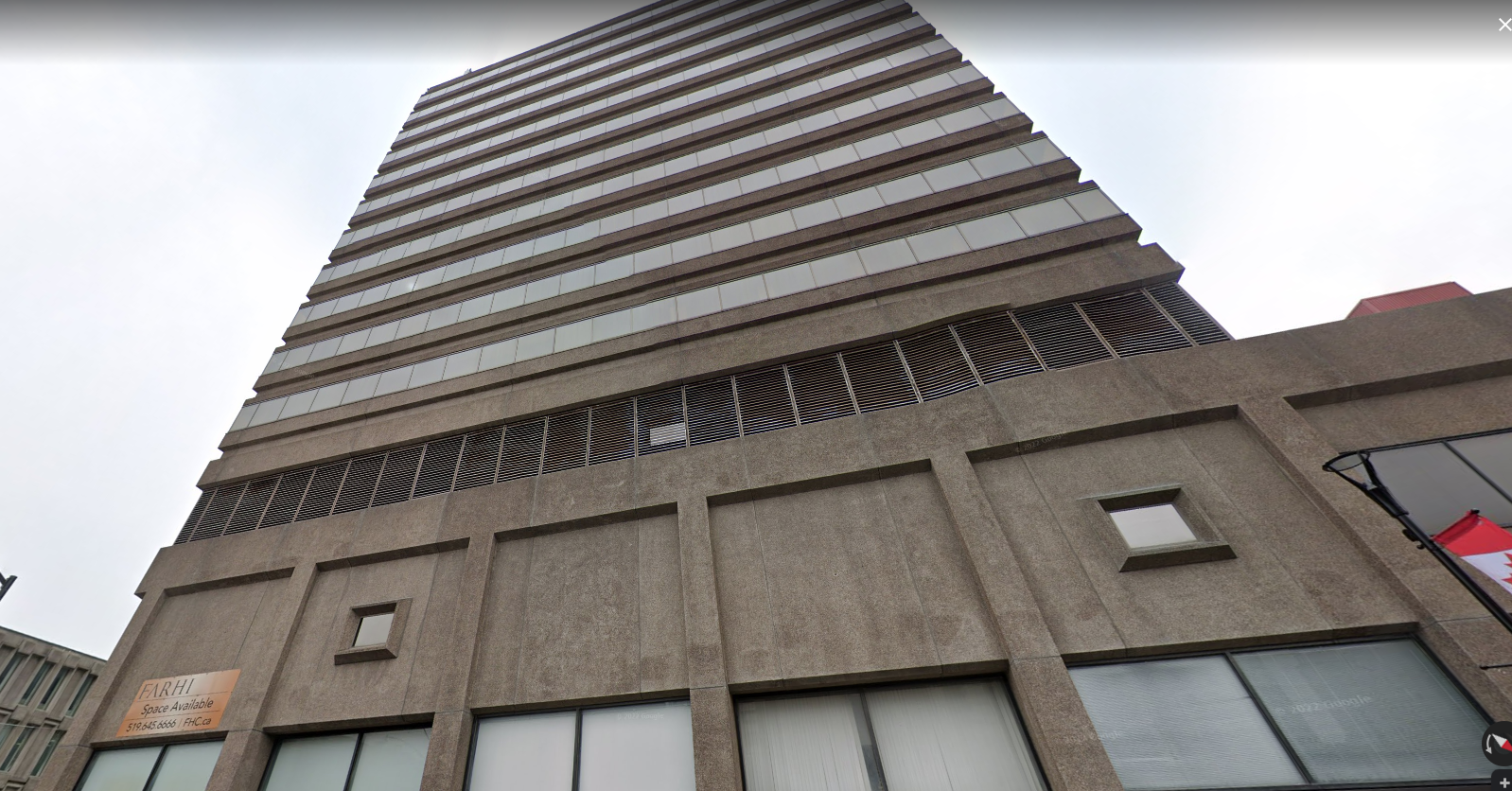In our last blog in this series on burden of proof, we explored the issues with allowing MPAC a second chance at proving current value. In this installment, we take a look at whether current value is truly being determined when the Board makes such a determination based on insufficient evidence.
Quality evidence is key to satisfying a burden of proof or in convincing an adjudicator of a particular current value. When the income approach is at issue, the evidence regarding fair market rent, vacancy, expenses and capitalization rate plays a critical role in determining the current value of a property.
That was a central aspect of the Assessment Review Board’s (the “Board’s”) recent decision in Farhi Holdings Corporation v Municipal Property Assessment Corporation, Region 23, 2022 CanLII 40451 (“Farhi”). In Farhi, MPAC returned an assessment of $4,993,000. At the hearing, MPAC submitted evidence of a current value of $6,994,000 but asked the Board to confirm its assessment at $4,993,000. The appellant taxpayer submitted that the current value was $2,140,000. The property at issue was a 14-storey office building in downtown London.
The taxpayer and MPAC agreed to a capitalization rate of 9.5%, however they disagreed on the fair market rents used to obtain the gross income for the property, the vacancy allowance, and the expense allowance.
To calculate gross income, MPAC testified that $6.10 per square foot was a reasonable fair market rent to assume for the property. However, MPAC had no supporting evidence for that number. The taxpayer submitted five comparable properties and its expert witness determined that a fair market rent of $5.78 per square foot was more appropriate. The Board accepted the taxpayer’s evidence as the best evidence in support of fair market rent and noted that MPAC’s evidence had no evidentiary support.
MPAC and the taxpayer agreed that the chronic vacancy rate for the property was 30%. However, MPAC argued that the rate should be cut in half to 15% “to account for chronic vacancy” – see Farhi at paragraph 21. The Board noted that MPAC could not explain why the rate should be cut in half on cross-examination. The Board did not accept MPAC’s bare assertion and determined the correct vacancy rate to be 30%.
The taxpayer argued that the appropriate expense allowance should be 65% of its actual non-recoverable expenses. The Board did not reject that approach, however it also did not accept the taxpayer’s expense allowance evidence as it was left with “substantial doubt as to the accuracy of the underlying figures” – see Farhi at paragraph 31.
MPAC submitted that the Board should apply an expense allowance of 75% of its vacancy allowance of 15%, or 11.25%. At paragraph 32, the Board noted that MPAC provided “[n]o further explanation… in the report to the rest of its analysis on this point, nor was one provided at the hearing.” Despite the lack of evidence on expenses, the Board stated that it “prefers MPAC’s objectively fairer approach of deducting a percentage of the vacancy allowance” – see Farhi at paragraph 32. The Board however applied 75% of its determined vacancy allowance of 30% (instead of MPAC’s 15%), to calculate an expense allowance of 22.5%.
This case is a clear example of the importance of quality evidence in a hearing. However, it also points to another issue. MPAC did not explain in its report or at the hearing how it obtained 75% of vacancy rate as an appropriate percentage to use in an expense allowance determination. MPAC also failed to provide an analysis on the expense allowance. With no supporting evidence, the Board was left in a position in which it rejected the Appellant’s evidence on this point while also finding that MPAC’s evidence had no analysis or support.
For the same reason that the Board did not accept MPAC’s bare assertion of fair market value, it should have also rejected MPAC’s evidence on expenses. However, it would have been left in a position with insufficient evidence to make a determination on the expense allowance and would therefore not be in a position to determine current value.
As the Divisional Court stated in Municipal Property Assessment Corporation v. Zarichansky, 2020 ONSC 1124 (CanLII), the Board must determine current value. Unfortunately, as exemplified in Farhi, the Board is sometimes put in situations where it has insufficient evidence to determine current value. Then it does the best it can with the available evidence, however insufficient.
With poor evidence, a determination of current value becomes less reliable. In Farhi, for example, the difference in percentage allowance for expenses resulted in a difference in current value of over $2,500,000. The Board calculated the current value at $4,732,000 whereas, if the appellant’s expenses were used, the current value would have been $2,140,000. The difference in current value, and in taxes payable, is drastic.
The question that remains in Farhi, and cases like it, where insufficient evidence is presented to the Board is: Is current value really being determined? It is possible to come up with a value but is it a property’s actual current value? Sometimes the best available evidence is not good enough but with the Divisional Court’s decision in Zarichansky, the Board is required to make a determination of current value.
Contact NextGenLaw LLP if you would like to challenge the assessment of your corporate or commercial property.
.png)



